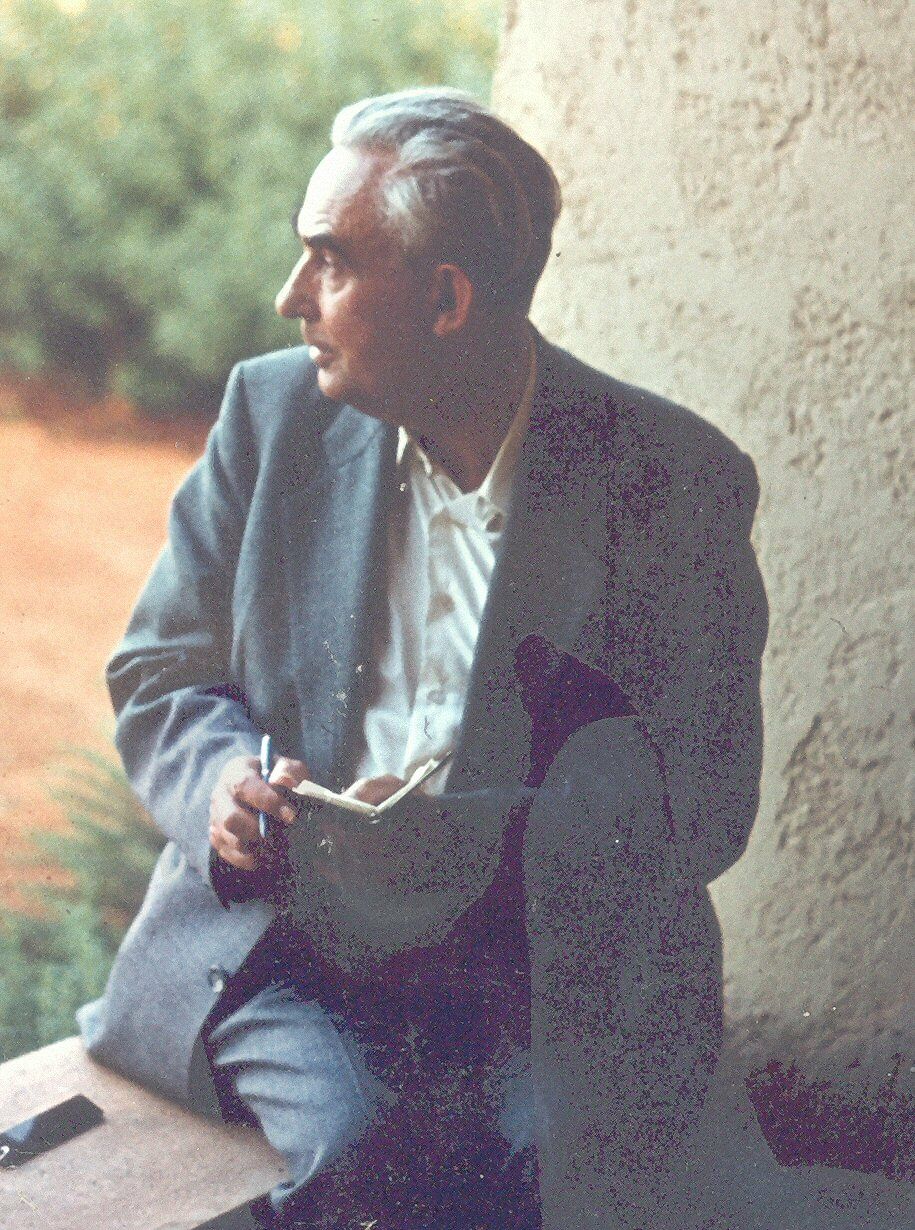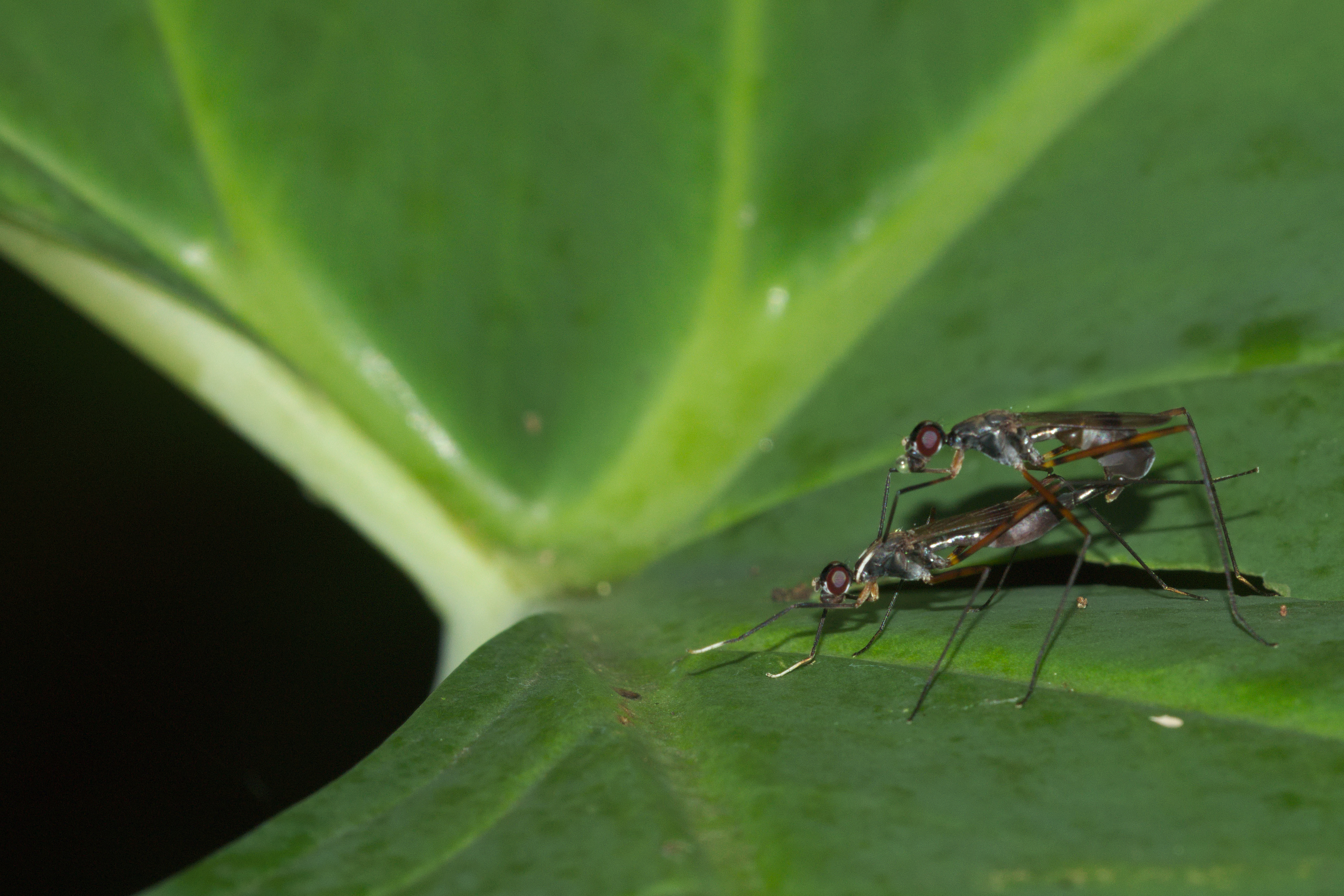|
Cypselosomatidae
The Cypselosomatidae are a family of true flies (Diptera) closely related to the Micropezidae. Some species are believed to be associated with bat guano Guano (Spanish from qu, wanu) is the accumulated excrement of Seabird, seabirds or bats. As a manure, guano is a highly effective fertilizer due to the high content of nitrogen, phosphate, and potassium, all key nutrients essential for plant .... Distribution They occur worldwide, including Australia. References Brachycera families Nerioidea {{Nerioidea-stub ... [...More Info...] [...Related Items...] OR: [Wikipedia] [Google] [Baidu] |
Friedrich Georg Hendel
Friedrich Georg Hendel (14 December 1874- 26 June 1936) was an Austrian high school director and entomologist mainly interested in Diptera. He described very many new species and made important contributions to the higher taxonomy of the Diptera. He was born in Vienna en, Viennese , iso_code = AT-9 , registration_plate = W , postal_code_type = Postal code , postal_code = , timezone = CET , utc_offset = +1 , timezone_DST ... and died in Baden bei Wien. His collection is in the Vienna Natural History Museum. Works Selection 1908-1914 *1908 Nouvelle classification des mouches à deux ailes (Diptera L.), d’après un plan tout nouveau par J. G. Meigen, Paris, an VIII (1800 v.s.). ''Mit einem Kommentar. Verh. Zool.-Bot. Ges.Wien'' 58: 43-69. *1910 Über die Nomenklatur der Acalyptratengattungen nach Th. Beckers Katalog der paläarktischen Dipteren, Bd. 4. ''Wien. Ent. Ztg.'' 29: 307-313. ... [...More Info...] [...Related Items...] OR: [Wikipedia] [Google] [Baidu] |
Willi Hennig
Emil Hans Willi Hennig (20 April 1913 – 5 November 1976) was a German biologist and zoologist who is considered the founder of phylogenetic systematics, otherwise known as cladistics. In 1945 as a prisoner of war, Hennig began work on his theory of cladistics, which he published in German in 1950, with a substantially revised English translation published in 1966. With his works on evolution and systematics he revolutionised the view of the natural order of beings. As a taxonomist, he specialised in dipterans (true flies). Hennig coined the key terms synapomorphy, symplesiomorphy, and paraphyly. He also asserted, in his "auxiliary principle", that "the presence of apomorphous characters in different species 'is always reason for suspecting kinship .e., that species belong to a monophyletic group and that their origin by convergence should not be presumed a priori' (Hennig, 1953). This was based on the conviction that 'phylogenetic systematics would lose all ground on which it ... [...More Info...] [...Related Items...] OR: [Wikipedia] [Google] [Baidu] |
Micropezidae
The Micropezidae are a moderate-sized family of acalyptrate muscoid flies in the insect order Diptera, comprising about 500 species in about 50 genera and five subfamilies worldwide, (except New Zealand and Macquarie Island).McAlpine, D.K. (1998). Review of the Australian stilt flies (Diptera: Micropezidae) with a phylogenetic analysis of the family. ''Invertebrate Taxonomy'' 12:55–134. (with key to Australian species) They are most diverse in tropical and subtropical habitats, especially in the Neotropical Region. Insects in this family are commonly called stilt-legged flies, after their characteristically long legs. The fore legs are markedly smaller than the other pairs. Mostly, they are long-bodied, often black flies, usually with infuscated (darkened) wings. Wings are reduced in the genera '' Calycopteryx'' and entirely absent in the ant-like '' Badisis ambulans''. Description For terms see Morphology of Diptera Very slender, small to large (3–16 mm) flies, th ... [...More Info...] [...Related Items...] OR: [Wikipedia] [Google] [Baidu] |
Guano
Guano (Spanish from qu, wanu) is the accumulated excrement of Seabird, seabirds or bats. As a manure, guano is a highly effective fertilizer due to the high content of nitrogen, phosphate, and potassium, all key nutrients essential for plant growth. Guano was also, to a lesser extent, sought for the production of gunpowder and other explosive materials. The 19th-century seabird guano trade played a pivotal role in the development of modern input-intensive farming. The demand for guano spurred the human colonization of remote bird islands in many parts of the world. Unsustainable seabird guano mining processes can result in permanent habitat destruction and the loss of millions of seabirds. Bat guano is found in caves throughout the world. Many cave ecosystems are wholly dependent on bats to provide nutrients via their guano which supports bacteria, Fungus, fungi, Invertebrate, invertebrates, and Vertebrate, vertebrates. The loss of bats from a cave can result in the extinct ... [...More Info...] [...Related Items...] OR: [Wikipedia] [Google] [Baidu] |
Australia
Australia, officially the Commonwealth of Australia, is a sovereign ''Sovereign'' is a title which can be applied to the highest leader in various categories. The word is borrowed from Old French , which is ultimately derived from the Latin , meaning 'above'. The roles of a sovereign vary from monarch, ruler or ... country comprising the mainland of the Australian continent, the island of Tasmania, and numerous smaller islands. With an area of , Australia is the largest country by area in Oceania and the world's sixth-largest country. Australia is the oldest, flattest, and driest inhabited continent, with the least fertile soils. It is a megadiverse country, and its size gives it a wide variety of landscapes and climates, with deserts in the centre, tropical Forests of Australia, rainforests in the north-east, and List of mountains in Australia, mountain ranges in the south-east. The ancestors of Aboriginal Australians began arriving from south east Asia approx ... [...More Info...] [...Related Items...] OR: [Wikipedia] [Google] [Baidu] |
Brachycera Families
The Brachycera are a suborder of the order Diptera. It is a major suborder consisting of around 120 families. Their most distinguishing characteristic is reduced antenna segmentation. Description A summary of the main physical characteristics is: * Antenna size (with eight or fewer flagellomeres) is reduced. * The maxillary palp (an elongated appendage near the mouth) has two segments or fewer. * The back portions of the larval head capsule extend into the prothorax (the anterior part of the thorax, which bears the first pair of legs). * Two distinct parts make up of the larval mandible (lower jaw). * The epandrium and hypandrium of the genitalia are separated in males. * No premandible is present on the lower surface of the labrum (the roof of the mouth). * The configuration of the CuA2 and A1 wing veins is distinct. Brachyceran flies can also be distinguished through behavior. Many of the species are predators or scavengers. Classification The structure of subgroups with ... [...More Info...] [...Related Items...] OR: [Wikipedia] [Google] [Baidu] |


